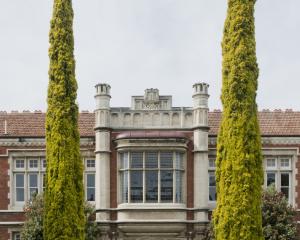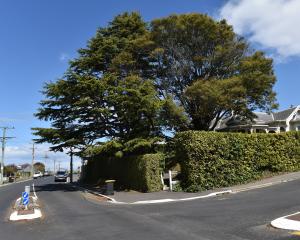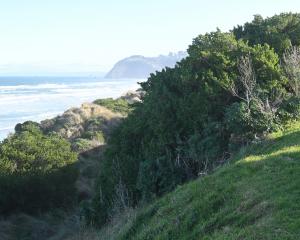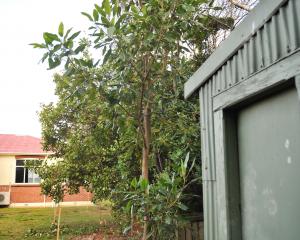
I mean the vast drowned continent to the east of Australia, with New Zealand, New Caledonia, Norfolk Island and Lord Howe Island being the only remaining bits above water. New Zealand’s subantarctic islands and the Chatham Islands are included, but, unexpectedly, Macquarie Island and the Kermadec Islands are not.
What this "Atlantis of the South" lacks in mythological gravitas is more than made up for by its botanical treasures. For example, New Caledonia alone has 45 species of native conifers. By comparison, Canada has about 30 and New Zealand 20. Just imagine, if all parts of Zealandia were in the same country, we’d be able to fly north for holidays in the tropics without needing a passport, and to easily grow as much of our own tropical fruit as we wanted.
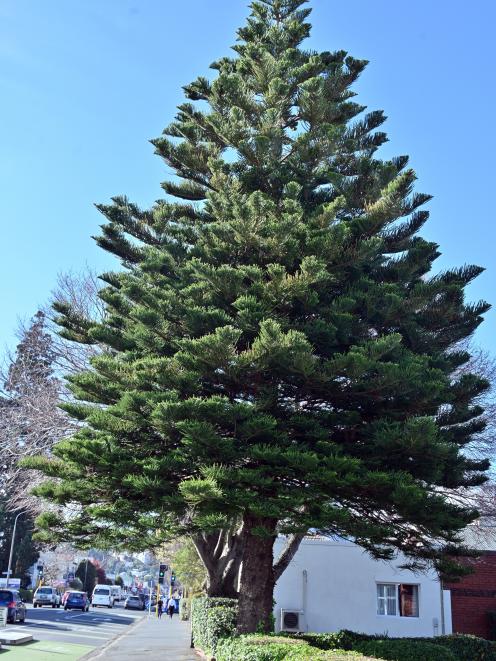
Of course, the way the world is divided owes more to history than to geology. New Caledonia and Lord Howe Island are far closer to Australia than New Zealand, so they were never likely to end up being part of New Zealand. Besides, the French grabbed New Caledonia before the British.
Norfolk Island, however, is different. It’s 1471km by air from Brisbane but only 1090km by air from Auckland. Many of its native plants and animals, such as the Norfolk Island palm and the Norfolk Island parakeet, would look very familiar to New Zealand visitors, because they’re so closely related to their New Zealand counterparts.
So if British colonial administrators had used a bit more geographical logic, the famous Norfolk Island pine (Araucaria heterophylla) would be a distinctive New Zealand conifer rather than an Australian one. The tree has been adopted enthusiastically by New Zealand coastal communities anyway. Napier has an impressive row of large Norfolk Island pines along its Marine Parade, and there are dozens of fine specimens in coastal Otago gardens.

As a cousin of the New Zealand kauri, every Norfolk Island pine has a stark "geometric" look that immediately catches your attention. Instead of random curves and irregularities, we’re confronted by what could easily be a big, green, botanical Meccano kitset. It could have been designed by Mr Stickman, or the people who gave us the first plastic Christmas trees. The stiff and starchy uniformity of these trees makes them ideal for formal rows along coastal roads in New Zealand and Australia. Being more like scaffolding than a building, they’re not very useful as shade from the searing sun.
For a while, the rigid, tightly-disciplined structure of Norfolk Island pines was a metaphor for the notoriously harsh treatment of convicts in the Norfolk Island penal colony. After that infamous institution closed in May 1855, free settlers, including descendants of the Bounty mutineers, enjoyed much happier lives on the island. They voted to give their most famous tree pride of place in the centre of the Norfolk Island flag.





